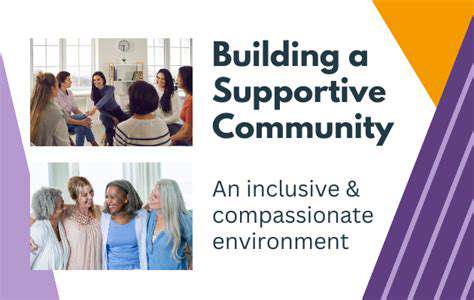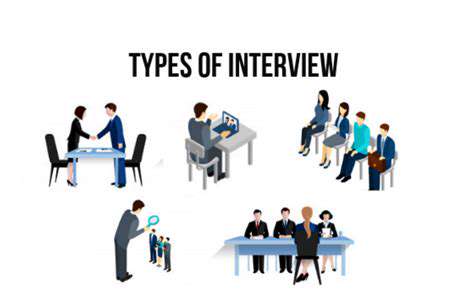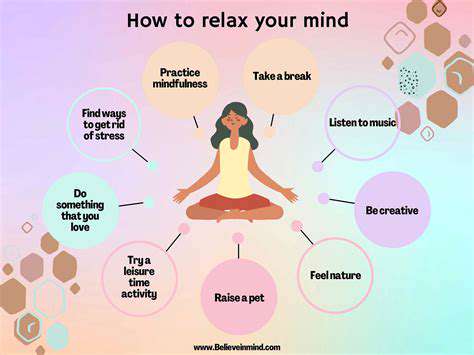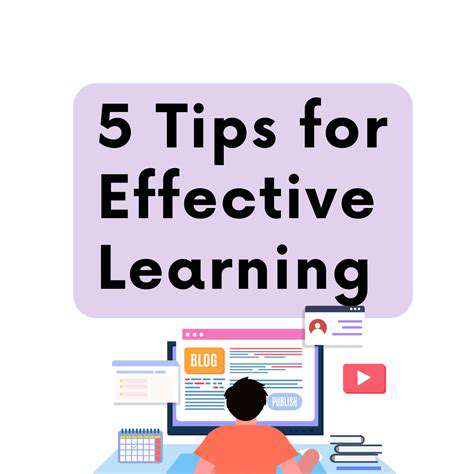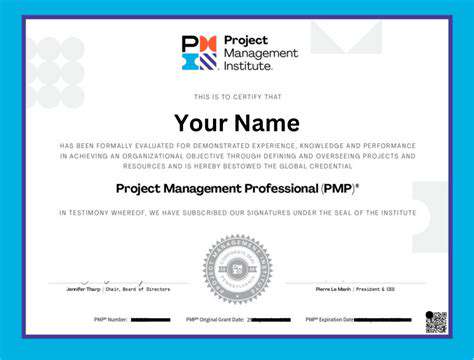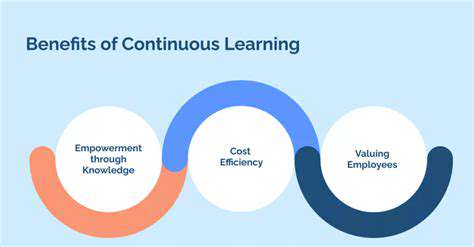How to Improve Your Critical Thinking Skills
Questioning foundational beliefs demands both courage and tact. Rather than attacking ideas, we should examine their supporting structures. Every assumption rests on some evidentiary foundation, however shaky—our job is to test its strength. This involves playing devil's advocate with ourselves, intentionally seeking information that contradicts our current understanding.
The scientific method offers a useful framework here. Treat each assumption as a hypothesis requiring verification. What observable evidence supports it? How might we design an experiment to test its validity? This empirical approach transforms abstract challenges into concrete investigations.
Potential Pitfalls in Challenging Assumptions
Navigating this terrain requires awareness of common traps. The most dangerous? Confusing the idea with the person holding it. Effective critical thinking separates concepts from personalities—we attack flawed reasoning, not individuals. Another subtle trap involves demanding unrealistic levels of certainty; some assumptions necessarily involve educated guesses when complete data isn't available.
Perhaps the most overlooked pitfall is timing. Not every assumption requires immediate challenge—sometimes we need to temporarily accept certain premises to make progress, while maintaining awareness of their provisional nature.
Strategies for Effective Assumption Identification and Challenge
Practical techniques can sharpen this crucial skill. The five whys method—asking why repeatedly—often reveals hidden assumptions. Another powerful approach involves scenario testing: how would our conclusions change if this assumption proved false? The best thinkers build mental models that explicitly track which conclusions depend on which assumptions.
For complex decisions, creating an assumption log proves invaluable. This simple document lists each key assumption, its source, and its potential impact if incorrect. Such tangible records transform vague concerns into manageable variables we can monitor and update as new information emerges.
Analyzing Information with Precision

Understanding the Importance of Precision
In our information-saturated world, precision acts as our compass through the noise. The difference between useful insight and dangerous misinformation often lies in subtle distinctions. Consider how medical diagnoses or engineering specifications demand exact measurements—the same rigor applies to analyzing any complex issue.
Identifying Key Information
Separating signal from noise begins with understanding what truly matters. This involves mapping the information landscape—what data exists, where gaps occur, and which elements directly impact our core questions. Skilled analysts develop an instinct for spotting the 20% of information that drives 80% of the outcome.
Evaluating Data Sources
Every piece of information carries its origin story. Who collected this data? Under what conditions? For what purpose? These questions reveal potential distortions before we even examine the content itself. Cross-referencing multiple sources creates a web of verification—when independent paths lead to similar conclusions, our confidence grows.
Applying Analytical Frameworks
Mental models serve as our analytical scaffolding. Whether using SWOT to assess organizational strategy or statistical models to interpret trends, these frameworks provide structured approaches to complexity. The mark of true expertise lies in selecting the right tool for each unique challenge.
Interpreting Results Accurately
Data never speaks for itself—we give it voice through our interpretations. This translation process requires balancing confidence with humility. Strong conclusions acknowledge their boundaries, clearly distinguishing what the evidence shows from what it might suggest. Visual representations should illuminate, not obscure, the underlying reality.
Considering Potential Biases
Our minds naturally seek patterns, sometimes seeing connections that don't exist. Institutional biases also shape available data—what gets measured reflects what someone considered important. The most ethical analysts document their own potential biases alongside their findings.
Communicating Findings Effectively
Analysis achieves its purpose only when understood. This requires adapting our message for different audiences—executives need different details than technical teams. Great communicators build a narrative arc that carries listeners from question through evidence to conclusion. Supporting materials should complement, not replace, clear verbal explanations.

